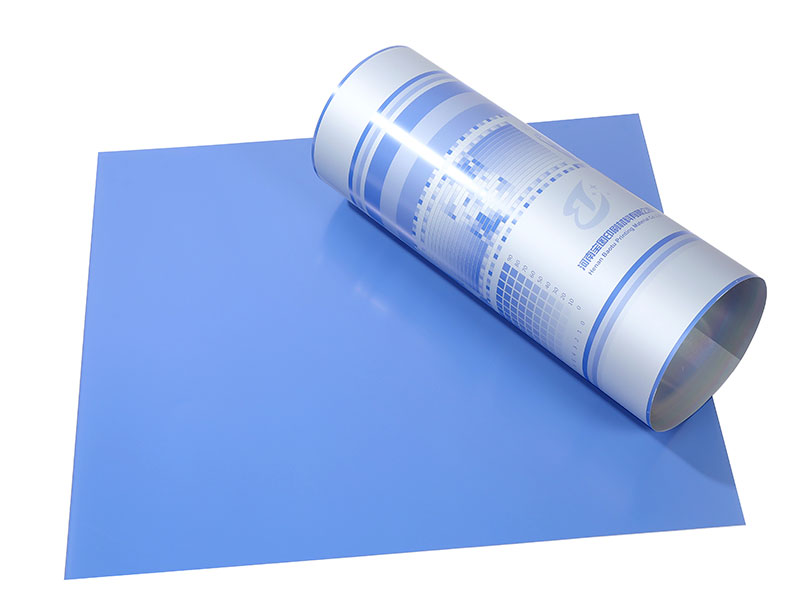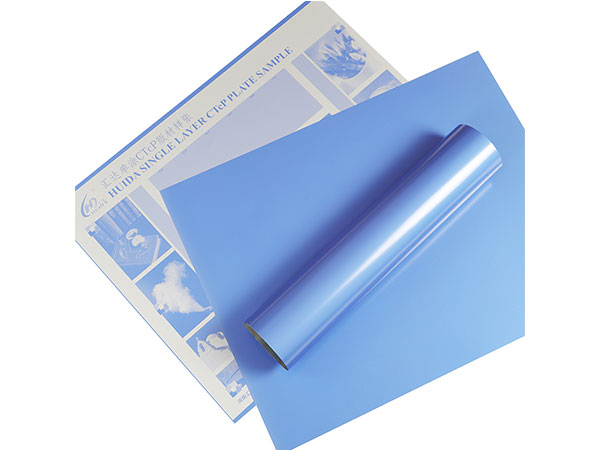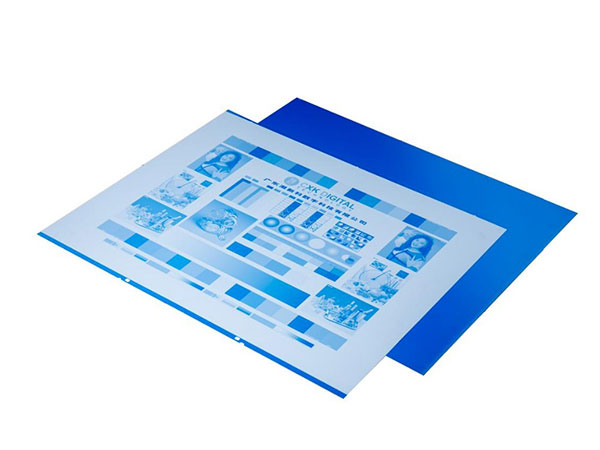| Application | Offset Printing, Digital Printing |
| Thickness | 0.15mm,0.20mm,0.25mm,0.30mm,0.40mm |
| Spectral sensitivity | 410nm |
| Exposure energy | 50 - 60 Mj/Cm2 |
| Developing temperature | 23+/-2 degree |
| Resolution | 2~98% at 200lpi |
| Specification | 0.15mm 100PCS/box;0.25mm 50PCS/box;0.30mm50PCS/box; 0.40mm 30 PCX/box; customized. |
| HS code | 37013024 |
| Package | Export standard, seaworthy package |
CTCP (Computer-to-Conventional Plate) plates are designed to bridge the gap between digital imaging technology and traditional printing processes. They typically utilize a standard conventional printing plate process but are imaged directly from a digital file. This can optimize production efficiency and improve print quality without requiring a complete transition to digital plates.
Features of CTCP Plates
Direct Digital Imaging
Digital Workflow: CTCP plates are exposed using lasers that image directly from digital files, eliminating the need for film negatives. This streamlines the prepress workflow, saving time and reducing costs.
Compatible with Conventional Plate Presses:
Standardization: CTCP plates can be used with existing offset presses that traditionally use conventional plates. This compatibility allows printers to transition to digital imaging without overhauling their entire equipment setup.
High Image Quality
Resolution and Detail: CTCP plates can achieve high resolution and sharp detail due to the precision of the laser imaging process. This feature is crucial for achieving vibrant colors and fine text reproduction.
Cost-Effective Solution
Reduced Printing Costs: With the elimination of film, chemicals, and additional processing steps, CTCP plates can present a more economical option for businesses, especially for medium to short print runs.
Lower Waste: The direct imaging process reduces material waste, leading to cost savings in both plates and environmental impact.
Enhanced Print Consistency
Stability of Plate Quality: The consistent exposure and processing lead to reduced variability between prints, which is critical for maintaining quality across long print runs.
Versatility
Multiple Applications: CTCP plates are suitable for various printing projects, including commercial printing, packaging, and signage, making them a flexible choice for many printing businesses.
Ease of Use
Simplified Workflow: The imaging process is straightforward, allowing quick adaptations and revisions to designs without extensive rework.
Minimal Setup Time: The quick turn-around from digital file to printed plate minimizes the waiting time, speeding up the overall production process.
Temperature and Environmentally Friendly
Lower Energy Consumption: Compared to traditional processes, CTCP plates often require less energy for exposure and processing.
Reduced Chemical Use: Many CTCP plate systems reduce or eliminate the need for harmful chemicals, making the printing process more environmentally friendly.
Longer Shelf Life
Durability: Once processed, CTCP plates can have a longer shelf life compared to traditional plates, allowing printers to keep them on hand for future jobs.
Wide Color Range
Dynamic Color Reproduction: CTCP plates can accurately reproduce a wide range of colors, ensuring that designs are depicted as intended.
Composition and Structure
A typical CTCP plate consists of the following components:
Aluminum Base: The core structure providing rigidity and durability, ideal for maintaining accuracy during the printing process.
Photosensitive Coating: This coating reacts to light exposure, forming the image on the plate. It is specially formulated to respond to UV light, unlike purely thermal CTP plates which respond to thermal energy.
Surface Layer: Additional treatments on the plate’s surface can enhance durability and image fidelity, ensuring the longevity and clarity of the printed materials.
How CTCP Plates Work
CTCP plates streamline the plate-making process by utilizing a combination of traditional and digital techniques:
Image Exposure: The plate is exposed using a UV light source. The digital nature of CTCP technology allows precise control over image creation, ensuring high-resolution outputs.
Development: Following exposure, the plate undergoes a chemical development process that washes away unexposed areas, leaving the desired image intact.
Printing: Once developed, the plate is ready for mounting on a conventional offset press, seamlessly integrating into existing systems without requiring significant changes to equipment or processes.
Benefits of CTCP Plates
Cost Efficiency: CTCP plates offer a cost-effective solution by utilizing existing UV-based plate-making equipment, eliminating the need for costly thermal imaging systems.
High-Quality Output: The precise control over image exposure results in sharp, high-resolution prints suitable for detailed and vibrant designs.
Operational Flexibility: These plates fit well within traditional workflows, providing a seamless transition for printers looking to upgrade without overhauling their entire setup.
Environmental Considerations: Improvements in photosensitive coatings have reduced the environmental impact, as modern CTCP plates often require fewer chemicals in the development process.
Applications
Commercial Printing: Brochures, flyers, and advertisements benefit from the high-quality and cost-effective nature of CTCP plates.
Newspaper Printing: Offers a reliable and efficient means of producing high-volume prints quickly, essential for tight deadlines.
Book Publishing: Ensures clarity and precision in text and images, making it suitable for both educational and recreational publications.





